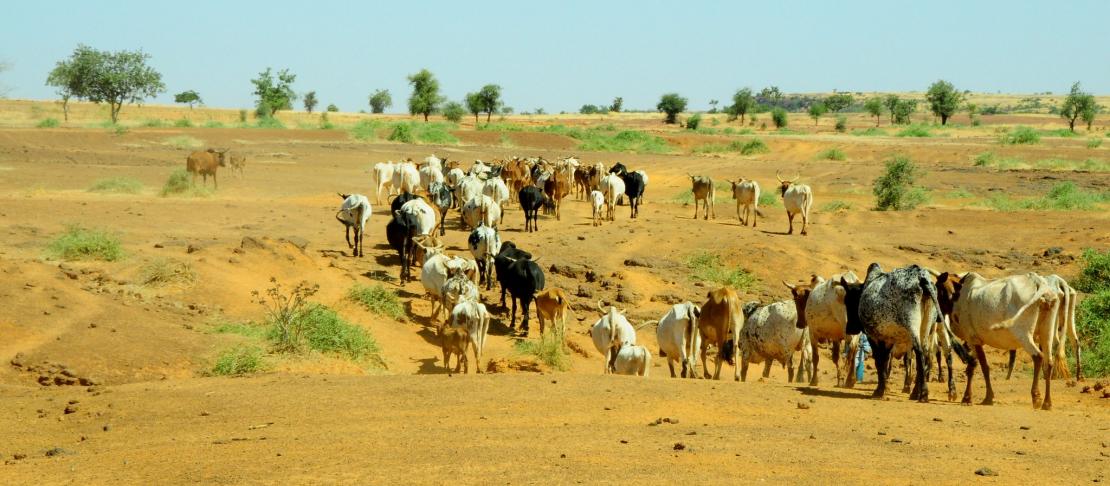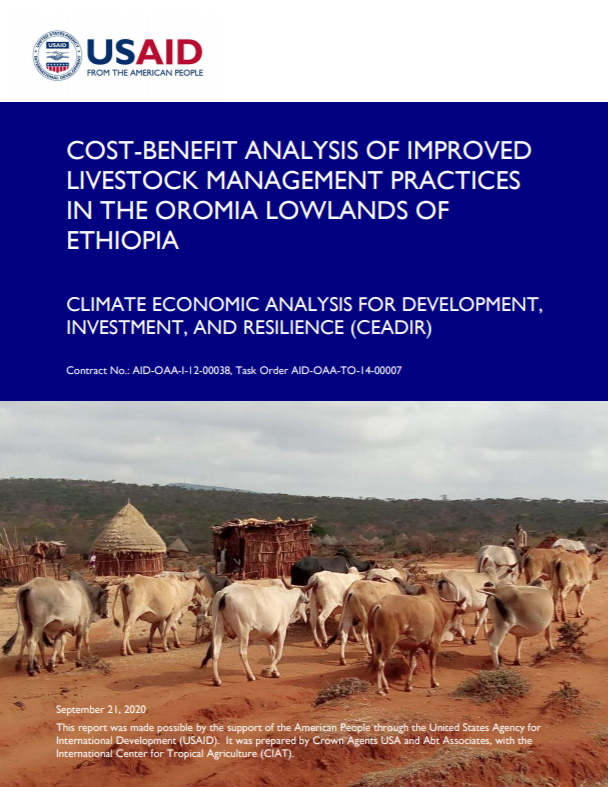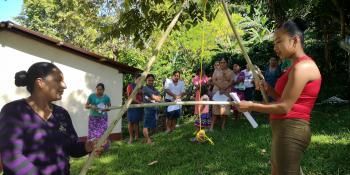Deep dive into climate-smart practices for Ethiopia’s livestock systems

Ethiopia boasts Africa’s largest livestock population and the tenth largest globally. Livestock represents an integral part of the farming systems in the country and constitutes the source of numerous social and economic values such as food, draught power, fuel, cash income, security and investment in the highland, lowland, and pastoral farming areas.
Check out the publication here! |
Livestock systems in Ethiopia are a critical element of the country’s dominant agriculture sector, which contributes approximately 42% of the national gross domestic product, and is the primary livelihood source for around 80% of the country’s population. Overall, the agriculture sector is highly vulnerable to the impacts of climate change. Droughts periodically reverse performance gains in the agricultural sector, with devastating effects on household food security and poverty levels. Vulnerability to droughts is greatest in the pastoral areas of the lowlands and the densely populated, food-insecure districts of the highlands. Drought-induced famines are further exacerbated by limited coping mechanisms and inadequate contingency planning for drought mitigation and the threat of climate change.
To help address the challenges, the CGIAR Research Program on Climate Change, Agriculture and Food Security (CCAFS), established a learning site in the Yabello District of Borena Zone in the lowlands of Oromia Region in Southern Ethiopia in 2011. The objective of the learning site was to partner with the pastoralists, development organizations, and research organizations to test and promote a portfolio of climate-smart agricultural (CSA) technologies and practices, including institutional innovations and linking with policymakers at sub-national and national levels.
The CCAFS Regional Program in East Africa, therefore, partnered with the United States Agency for International Development (USAID), the Alliance of Bioversity International and CIAT (the Alliance), Crown Agents USA and Abt Associates to undertake a study on cost-benefit analysis of improved livestock management approaches in the Yabello District of the Borena Zone, Ethiopia.
The analysis focused on exploring the following three key improved livestock management practices:
- Deferred-rotation grazing: this practice features longer resting times between livestock grazing to allow for natural regeneration of vegetation
- Active restoration of degraded rangelands: this practice involves planting herbaceous plans and removing woody species to boost grazing productivity
- Fodder cultivation: this practice involves planting crops with high nutritional value for livestock, and creates important benefits such as reducing dependency on purchased feed and can also reduce greenhouse gas emissions
The study analyzed the costs and benefits of these CSA practices, and specifically, improved management practices for cattle, small ruminants, camels, and poultry through the lens of the abovementioned approaches. If you would like to take a deep dive, you can explore the report here!




